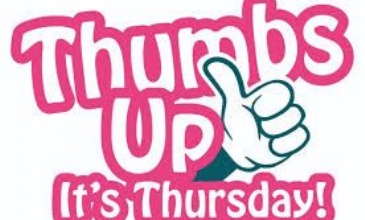Home Learning, Thursday 30th April

Please see below for Thursday's home learning.
Wow! Just wow everyone! Thank you so much for your video yesterday, I think Mr Budge had to wipe a tear from his eye. I am super proud of every single one of you, what a fantastic bunch you are.
Here is your learning for today.
Maths: Year 5, Week 1, Lesson 3 - Decimals as fractions (2)
https://whiterosemaths.com/homelearning/year-5/
As usual there is a lesson there for you as well as some work to have a try at. The work style is what we call 'variation'. This means we are taking a concept and exploring it in different ways.
Reading: There's a Boy in the Girls' Bathroom Chapter 9, Pages 36-42 (attached)
1. What surprises Bradley about Carla?
2. What does Bradley draw a picture of?
3. Why, do you think, does Bradley feel tricked by Carla?
4. Carla is different to other teachers. What does Bradley think of her?
5. Summarise the events of the chapter in a short paragraph.
English: Maps and Episodes
This is going to be the second part of our fantasy story writing about our village in the marshes.
Today I want you to watch the next episode of Time Capsule Education's series on Youtube.
Listen carefully at the start, you may find we got at shout out...
Your task is to create a map of the world that our story will take place in. Tim will give you lots of hints and tips about creating your map, whether you do it on paper or digitally. You must include the following, as some of these places will be important in your developing story:
Beamfleot (the village in the marsh)
A forest or two
A river with at least one bridge
A road with an inn or two
A farm or two
Some hills
A windmill or watermill
Two or three other villages or towns
Luneden (the capital city)
A waterfall or lake
The marsh
Some standing stones
A pool, pond or spring in one of your forests
Here is a link to the free map creation website that Tim uses:
Topic: IALT: sort animal species into groups
I have attached a sheet with pictures of lots of different animals, can you sort them into the following groups?
Mammals, reptiles, amphibians, fish, birds and insects
Think about why you have classified them that way, see if you can remember the characteristics of each group.
